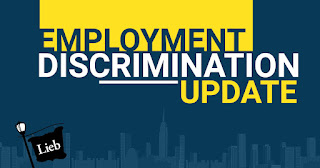Welcome to the age of artificial intelligence (AI) and employment discrimination.
The Equal Employment Opportunity Commission (EEOC) just published a new recourse on AI and Title VII, which is a reminder that employment decisions are happening more and more through the utilization of AI and employers are responsible if the AI "has an adverse impact on individuals of a particular race, color, religion, sex, or national origin."
In fact, the EEOC makes clear that employers may be responsible even if "the tools are designed or administered by another entity, such as a software vendor."
So, all employers, regardless of location, should pay attention to NYC's NYC Local law 144, which became effective on January 1, 2023, and attempt to comply, as it's a way to mitigate your exposure. The Local Law regulates the use of "automated employment decision tools" when it comes to employment discrimination in hiring and promotions by requiring annual audits, a summary of audit results on the employer's website, and other notice requirements to those subjected to screening by the tool.
By following NYC's lead with audits, employers can avoid major discrimination lawsuits through the fault of AI rather than human actors. That said, the audits should go beyond NYC's requirements and hit each of the 5 areas the EEOC suggests will result in discrimination claims, including:
- Resume scanners that prioritize applications using certain keywords;
- Employee monitoring software that rates employees on the basis of their keystrokes or other factors;
- “Virtual assistants” or “chatbots” that ask job candidates about their qualifications and reject those who do not meet pre-defined requirements;
- Video interviewing software that evaluates candidates based on their facial expressions and speech patterns; and
- Testing software that provides “job fit” scores for applicants or employees regarding their personalities, aptitudes, cognitive skills, or perceived “cultural fit” based on their performance on a game or on a more traditional test.
